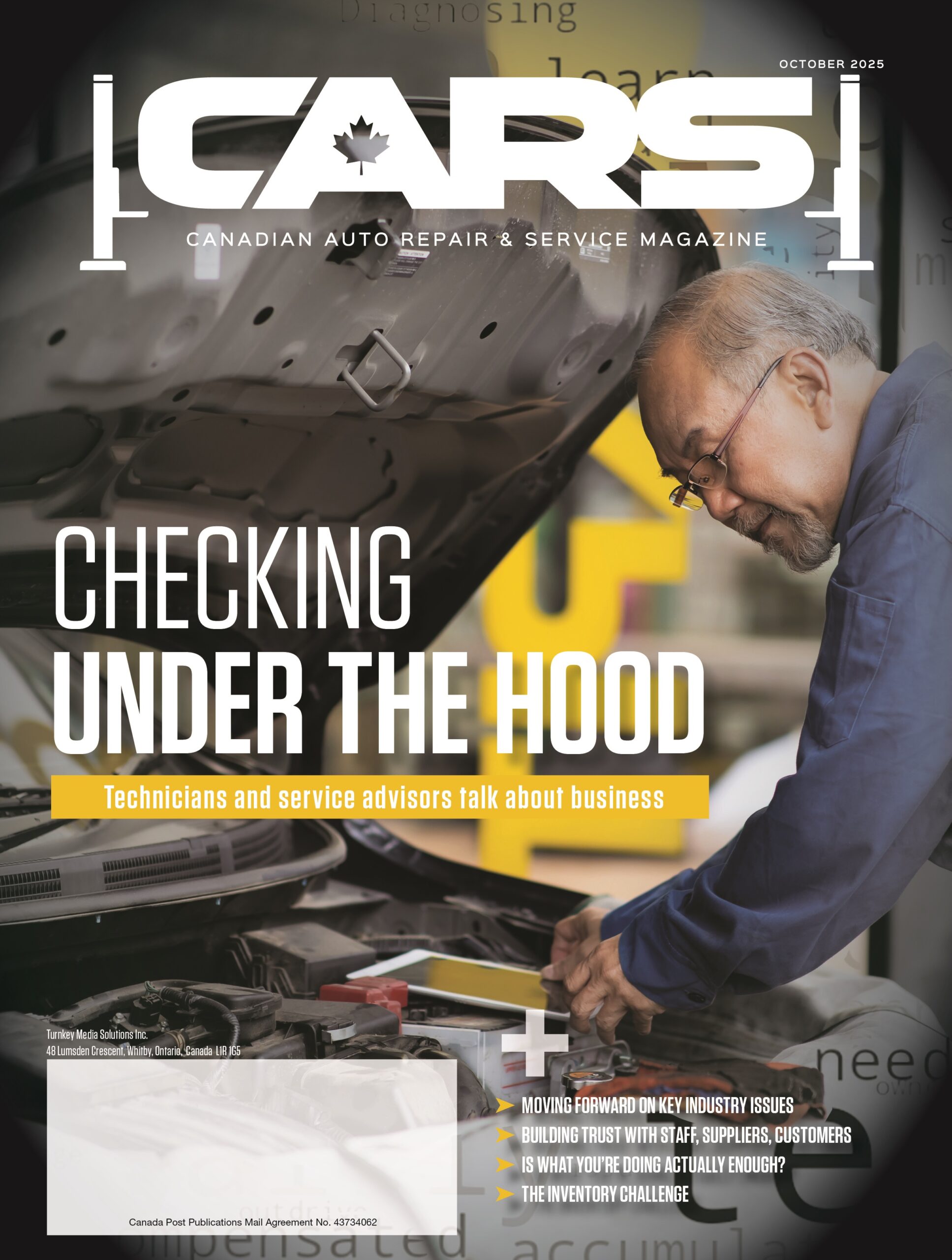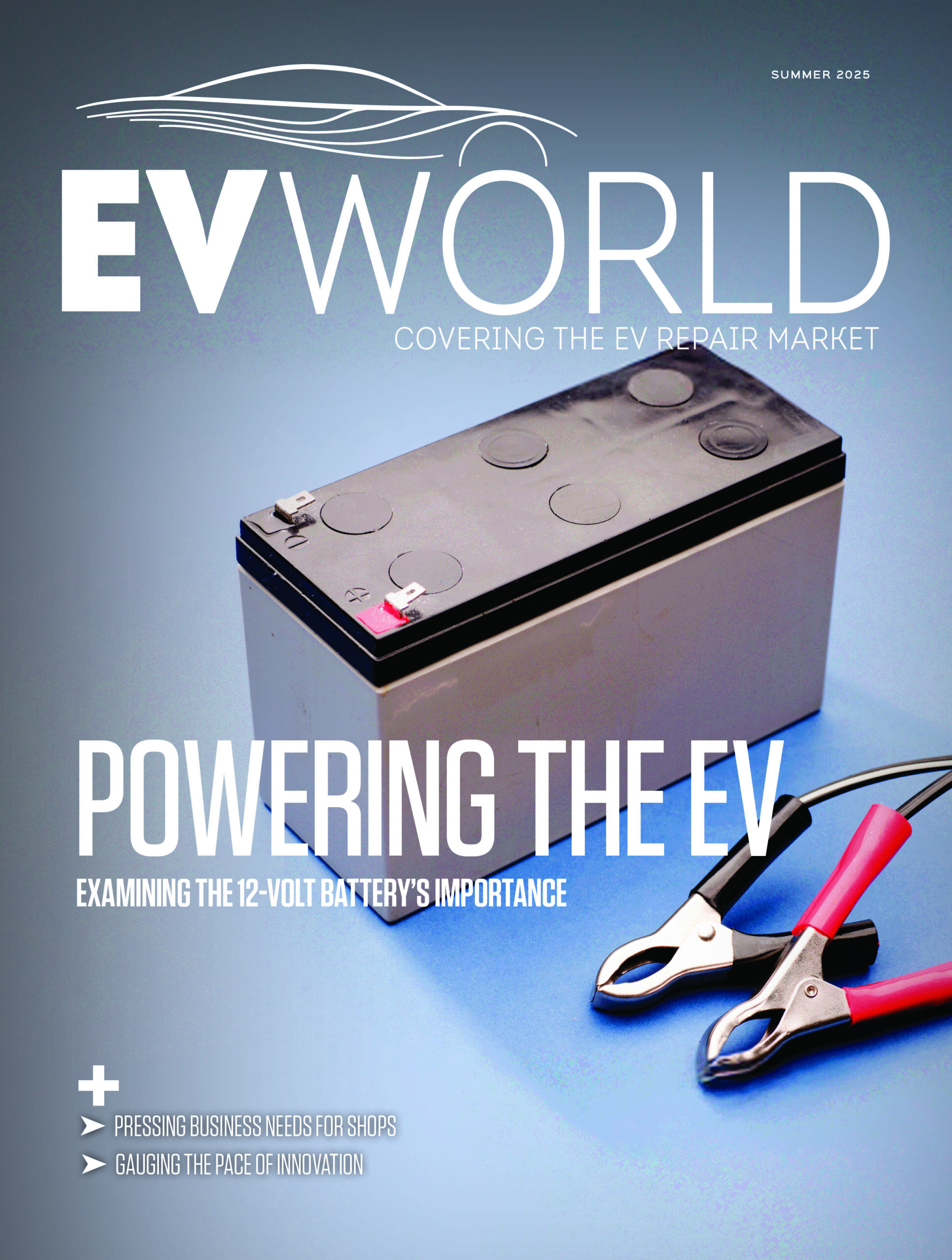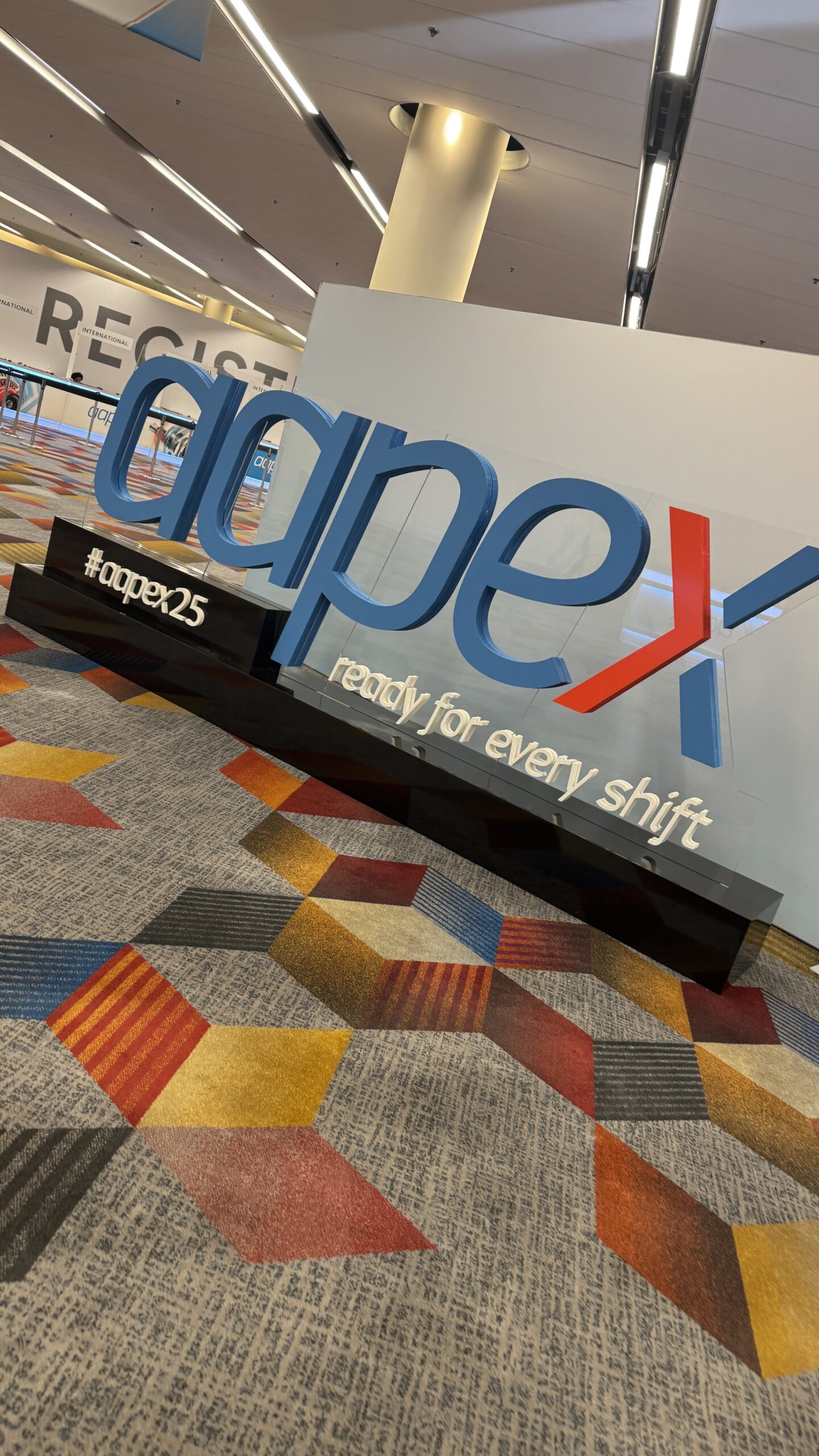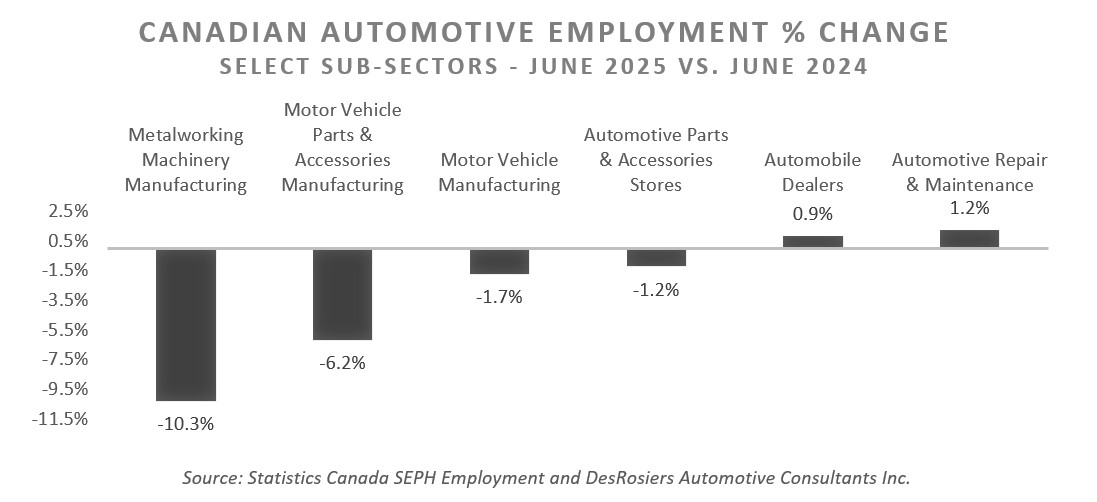
As consumers weigh affordability and convenience, independent shops are gaining momentum, according to a new report.
Canadian vehicle owners are increasingly turning to independent repair shops for maintenance and repairs, says the latest findings from the Roland Berger Automotive Aftermarket Pulse 2024, released late last year. The shift reflects a broader trend across several regions as cost-conscious consumers seek alternatives to original equipment manufacturer (OEM) service channels.
The report highlights that 65 per cent of Canadian respondents prefer independent shops, citing shorter wait times and lower prices compared to OEM service providers. This aligns with a North American trend where independent shops are capturing a larger market share.
Independent shops have established a reputation for competitive pricing and reliability among consumers, the report noted. However, challenges remain as the industry faces increasing demands from electric vehicle owners and advancing technologies like ADAS (advanced driver assistance systems).
The report highlights also highlighted trends in spending, data ownership, electrification, online parts purchasing, sustainability and brand trends.
Service Channels
Globally, independent repair shops are gaining popularity due to lower costs and faster service compared to OEM repair shops. In the United States, 56 per cent of respondents prefer independent shops, up from 50 per cent in 2023. Meanwhile, OEM channels maintain dominance in China, driven by EV servicing needs.
In Canada, 65 per cent of respondents prefer independent shops, higher than the global average. The choice is motivated by affordability and convenience, underscoring the importance of maintaining competitive pricing and quick service turnaround.
Electrification
The increasing adoption of electric vehicles (EVs) presents challenges and opportunities for the aftermarket sector. Globally, 76 per cent of EV owners would consider independent shops for simple repairs, while 48 per cent would trust them with complex issues like battery repairs.
“This creates an opportunity both for independent workshops and for independent aftermarket suppliers, especially given that the EV car parc is starting to age and vehicles are coming out of warranty, and the segment is historically more attracted to IAM [independent aftermarket],” the report said.
It noted that levels of technical know-how are becoming less of a concern for EV owners (40 per cent in 2024 vs. 56 per cent in 2023) but concerns regarding IAM professionalism have doubled (15 per cent in 2024 vs.8 per cent in 2023).
Spending
Most Canadians (50 per cent) spent between $450 and $1,050 on repair and service of their vehicles. One in three (29 per cent) spent $450 or less while 8 per cent spent more than $1,050. Another 6 per cent couldn’t remember how much they spent.
For comparison, numbers were almost similar in the U.S. for the most part: 48 per cent spent between USD$330-USD$770 (same range in Canadian dollars outlined above), while a quarter each spent less than $330 and more than $770.
Data ownership
Canadians were mostly split on whether they would share their data in return fro some kind of benefit — 35 per cent said they’d be willing to give all data while 33& said some data and 31 per cent said not at all.
“The vast majority of car owners are willing to share all or some of their vehicle data with third parties, creating a significant opportunity for aftermarket players to build their market intelligence,” the report noted.
But it did note a growing trend towards selective data sharing as consumers choose to share only necessary information.
“To capitalize on this, all players along the aftermarket value chain must be transparent about data use, highlight the tangible benefits of data sharing such as tailored offerings, reminders, and discounted services, and give consumers easy control over their data.”
Online parts purchasing
Online purchasing of automotive parts is on the rise, with 51 per cent of global respondents reporting they have bought parts online. However, dissatisfaction with online shopping experiences is growing, with concerns about product compatibility and customer support.
In Canada, 31 per cent of respondents have purchased automotive parts online and would do it again. However, 27 per cent said they haven’t but would consider it while 32 per cent said they had no interest in doing so. Americans had a split of 44 per cent, 30 per cent and 17 per cent while China led the way with splits of 49 per cent, 47 per cent and 4 per cent.
Image credit: Depositphotos.com
Related Posts
Comments
-
Customer service, trust and relationship building are the big reasons why consumers are choosing independents. They feel welcomed at independents shops unlike dealerships where they are just a number with little to non personal touches. Staff at independents are better educated on vehicle maintenance and repair explanations which goes a long way to building their repeat business.













Leave a Reply